By Brian Hickey
Collaborating with colleagues from around the world, Jefferson Industrial Design professor Lyn Godley asked the question: “How can we take the tools that online education offers us, and give students an experience they never would have had otherwise, something that will set them and their portfolios apart?” The result is the sophomore Industrial Design Studio project entitled “SEE: Our Cities,” a global, urban-space, observation-and-intervention project. The program has teamed up with 16 partners from universities on five continents. Godley says the resulting effort “has the potential to be a substantial addition to the students’ academic experience in ways that on-site classes may not traditionally offer.”
“When we teach these courses, and write up the curriculum, it was traditionally to be used one time, for a group of 8 to 15 students,” she says. “I just love the idea that we could be sharing resources and teaching students with other universities. We’ll be touching upon what ties us all together as a global design community.”
Students from each academic institution will visit public spaces pre-selected by their instructors and document observations of human activity in the space. That will enable them to not only identify opportunities for design intervention, but develop concepts for design solutions. Students of various disciplines from the schools will also virtually attend live or pre-recorded classes from partner schools.
“Open classrooms in which participating faculty and students can sit-in on project sessions at other universities will broaden the scope of the project,” according to Godley, who notes that methodologies, schedules, education-level and curriculum needs will vary among the participants. “This gives our professors a global audience, which is incredible.” They will then create a final video presentation of their project, walking peers through their thought processes and proposed solutions.
Godley, who notes that this is just one project in the semester-long course, says this project could potentially become a springboard for future collaborations.“Online teaching offers the exposure opportunity for curricular participation outside of a school’s geographic area, partnering with institutions nationally and internationally,” she says.
Shruti Joshi, a professor and co-founder of the Dr. Bhanuben Nanavati College of Architecture for Women (BNCA) in India, says she is excited about the project which adds a new wrinkle to global learning at a time when her students are studying remotely as well. “This is a global classroom taught online, and it couldn’t have come at a better moment for us,” she says, noting that the approach helps them get around the logistical challenges involving travel. “Learning to adapt to new platforms, with students remotely placed in their hometowns, will help survive and grow in a post-COVID scenario despite the challenges. This is an important step that gives us a change to strengthen our ties to other universities in a meaningful way.”
In addition to Jefferson, Parsons and BNCA, the schools committed to participating are Drexel University, Ariel University (Israel), Chinese University of Mining & Technology and Tsinghua University (China), Swinburne University of Technology (Australia), Koln International School of Design (Germany), Grays School – Robert Gordon University of Art (Scotland), ITMO University (Russia), Duoc (Chile), and Manipal Academy of Higher Education (India). Students involved are studying various fields including industrial design, architecture, art, sociology and urban spaces.
Godley is excited about what this initiative could mean for the future. “This is a good experiment, and education was already moving in a direction of thinking about a more universal approach to teaching, and what the classroom of the future could look like,” she says.
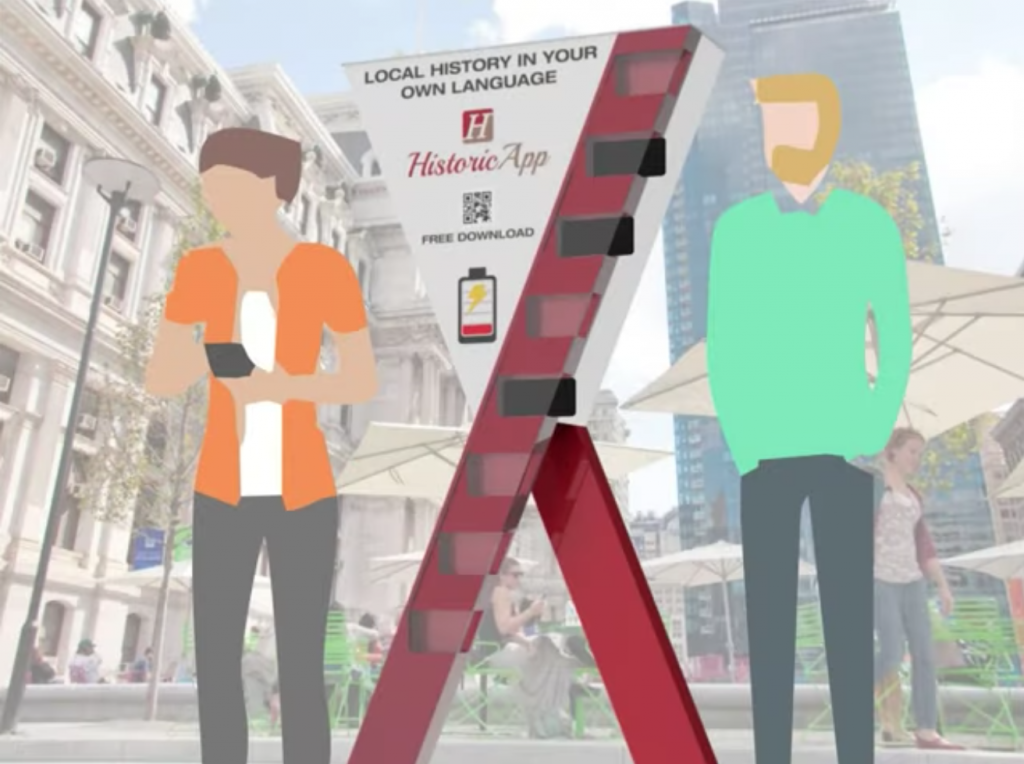


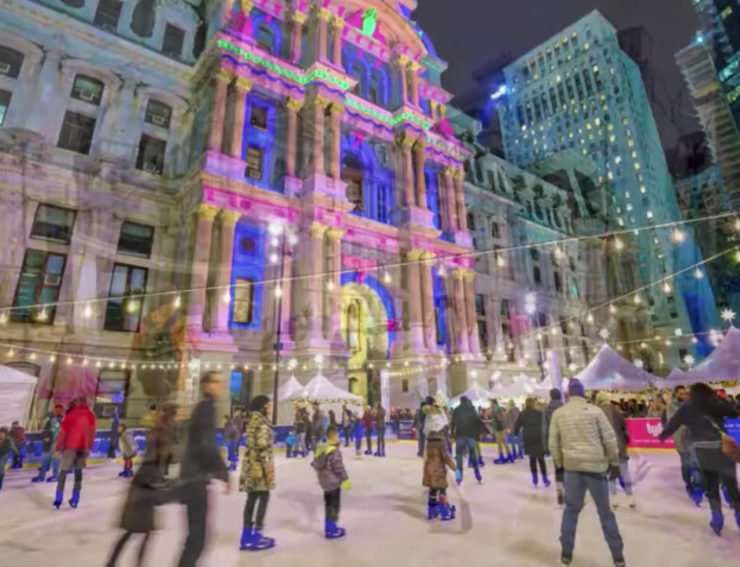
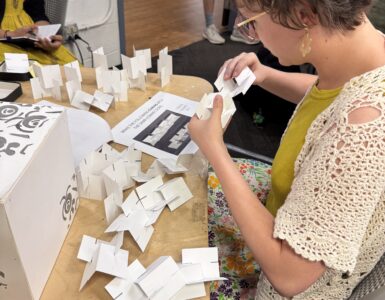
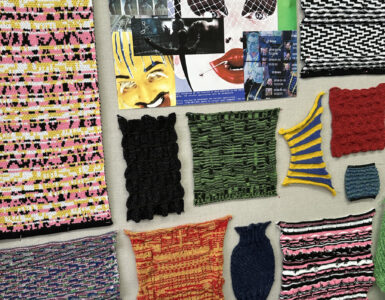
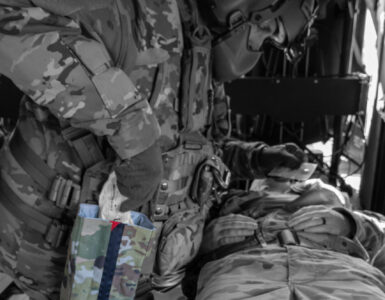

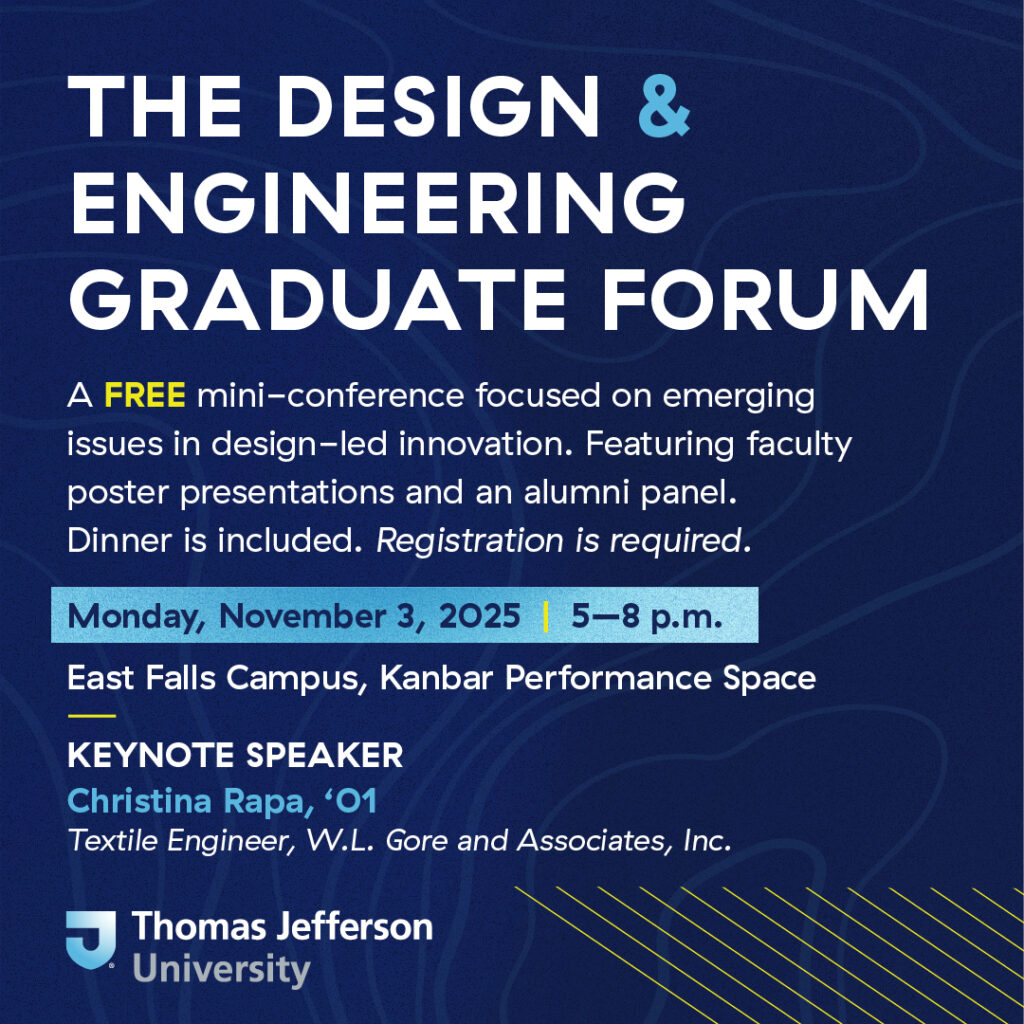
Add comment